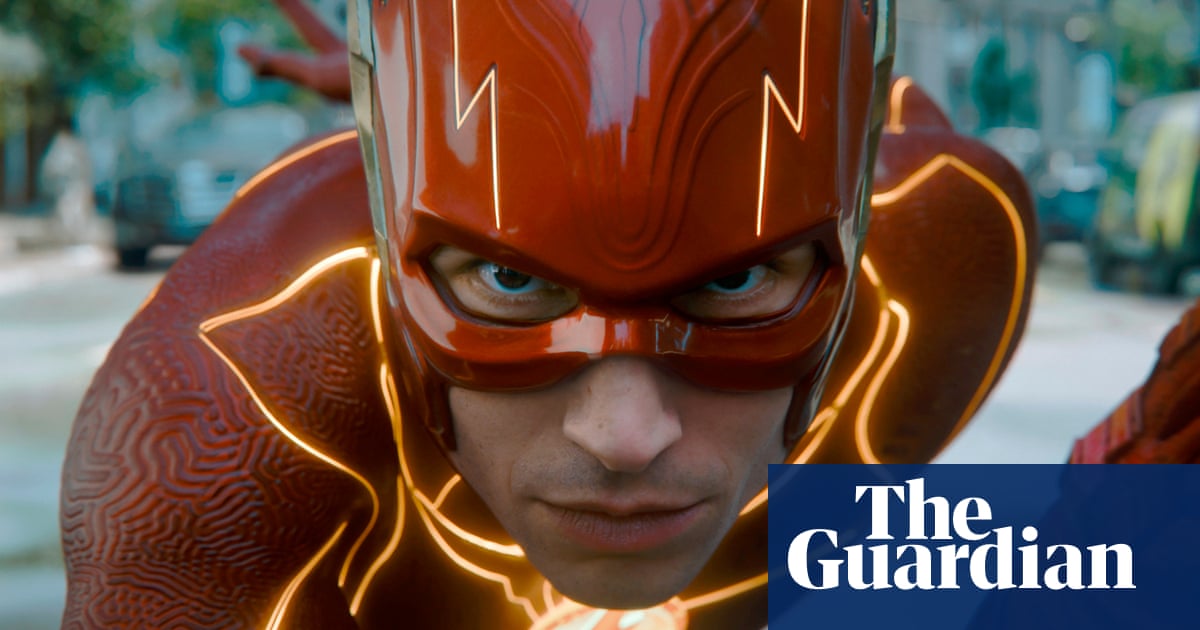
Food is always a portent of violence in the Godfather series – it’s no coincidence that Part II’s final scene is a meal, set before the events of the original film. The table is set for a family feast, laden with rustic Italian fare, but the cracks are already showing: we know by the end there will be two dead brothers, a dead father and a man who has lost his soul. The last shot, fittingly, is Michael, now alone among the antipasto.
The Flavour of Green Tea Over Rice
(Yasujirō Ozu, 1952)
Ozu’s drama of marital tensions resolves itself in one of the final scenes, where the bickering wealthy couple Taeko and Mokichi come together to make the film’s titular dish, ochazuke, from fridge-cold rice and pickles. “How silly I was,” Taeko says, apologising for her snobbishness about the way her husband eats.
Laputa: Castle in the Sky
(Hayao Miyazaki, 1986)
Meals always have a grounding effect in fantasy, a moment of respite before the heavy stuff kicks in. It is the same in Hayao Miyazaki’s steampunkish fantasy-adventure, in which a ragtag bunch of sky pirates are momentarily silenced before a dangerous mission by a burbling cauldron of nimono (beef stew with winter vegetables).
Goopy Gyne Bagha Byne
(Satyajit Ray, 1969)
Satyajit Ray’s first foray into fantasy, comedy and children’s films alike, Goopy Gyne Bagha Byne follows the titular characters as they are granted three boons by the king of the ghosts. Being hungry, their first wish is for unlimited food, which materialises out of nothing in perfectly arranged thalis reflecting Bengali desires: fish from the Ganges, huge rasgulla dumplings and ripe Himsagar mangoes.
The Discreet Charm of the Bourgeoisie
(Luis Buñuel, 1972)
If Buñuel was alive he’d be making satires about Michelin-starred restaurants, such was his obsession with the politics of food. The film is nothing but a series of meals that are continually disrupted, ending with a militia gunning down the last member of the group as his arm reaches for a hunk of meat from under the table.
The Other Side of Hope
(Aki Kaurismäki, 2017)
Kaurismäki’s comedy features some of the most disgusting sushi on film. When the film’s protagonist decides to open his restaurant as a sushi bar, his sous-chef forgets to buy enough fish. An order for 20 nigiri platters provokes a fridge raid, leading to an open bucket of salted herring and a shovel’s worth of wasabi.
The Ipcress File
(Sidney J Furie, 1965)
“You also like books, music ... cooking,” Sue Lloyd’s spy tells Michael Caine’s civil servant Harry Palmer, summarising what will make it into the report she’s gleaned from breaking into his house. “I like birds best,” Palmer replies, before seducing her with a six-egg omelette, some uneven knife-work and an accomplished one-handed egg-cracking technique.
I Like Killing Flies
(Matt Mahurin, 2004)
A study of irascible restaurateur Kenny Shopsin, this lo-fi doc is worth watching for the dizzying variety of unhealthy meals and improvised cooking techniques. “Watch this,” Shopsin boasts, as he heats his spatula directly on the flame before using it to caramelise the sugar on a row of pancakes.
Playtime
(Jacques Tati, 1967)
Less a scene and more an unfolding disaster, the Royal Garden segment of Playtime is a testament to Jacques Tati’s control of space and staging. Over 48 minutes, the opening night of a restaurant descends into farce as the modernist architecture, chairs, uniforms and even the food starts to unravel.
The Matrix
(Lana and Lilly Wachowski, 1999)
Judas betrayed Jesus for thirty pieces of silver, but in the Wachowskis’ biblical allegory Cypher does it for a fillet steak. The shot concentrates on a wobbling, blushingly rare slice, impaled on Cipher’s fork as he describes the taste sensations he knows are completely artificial but somehow more real than his regular plate of gruel.












